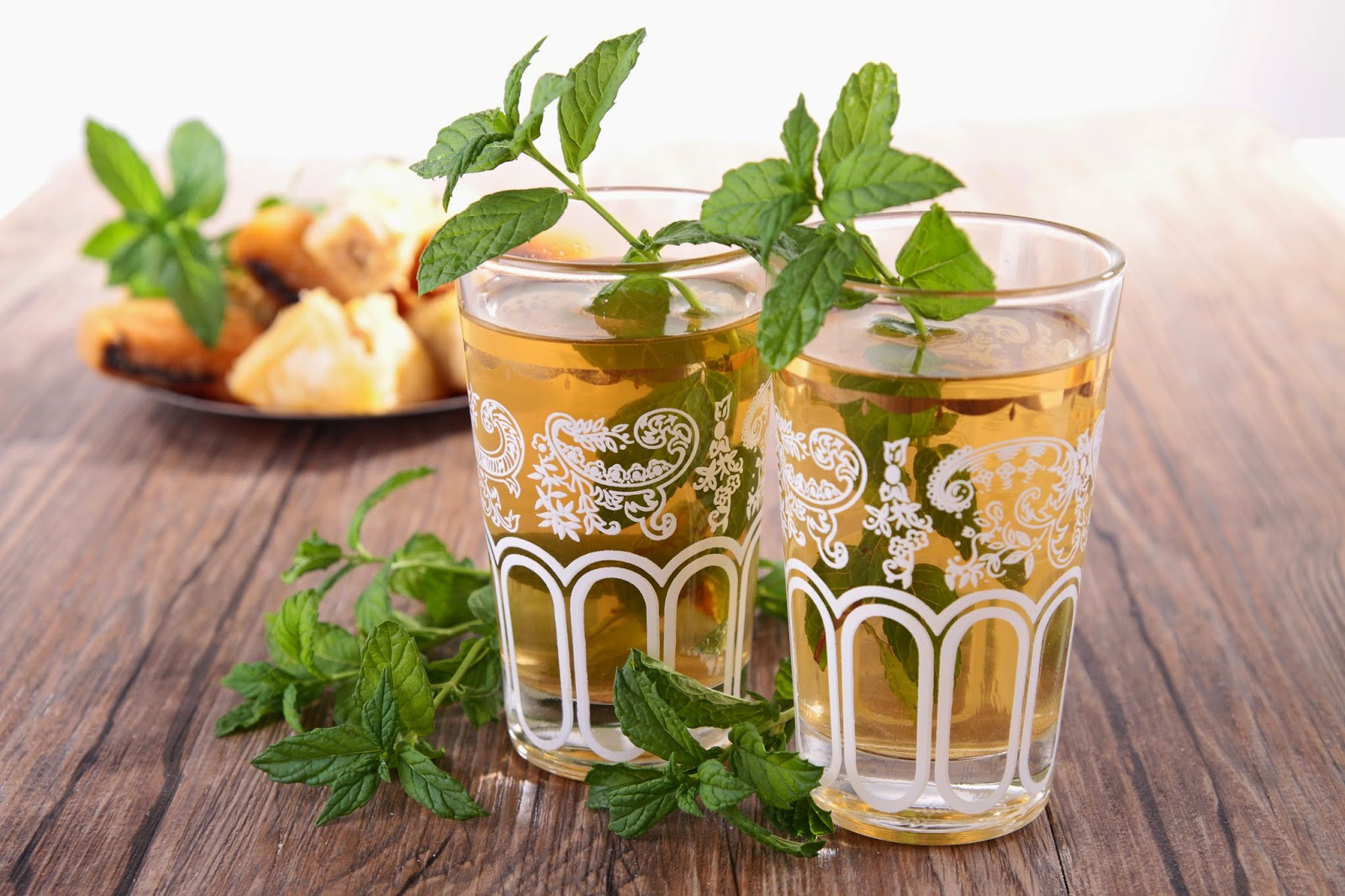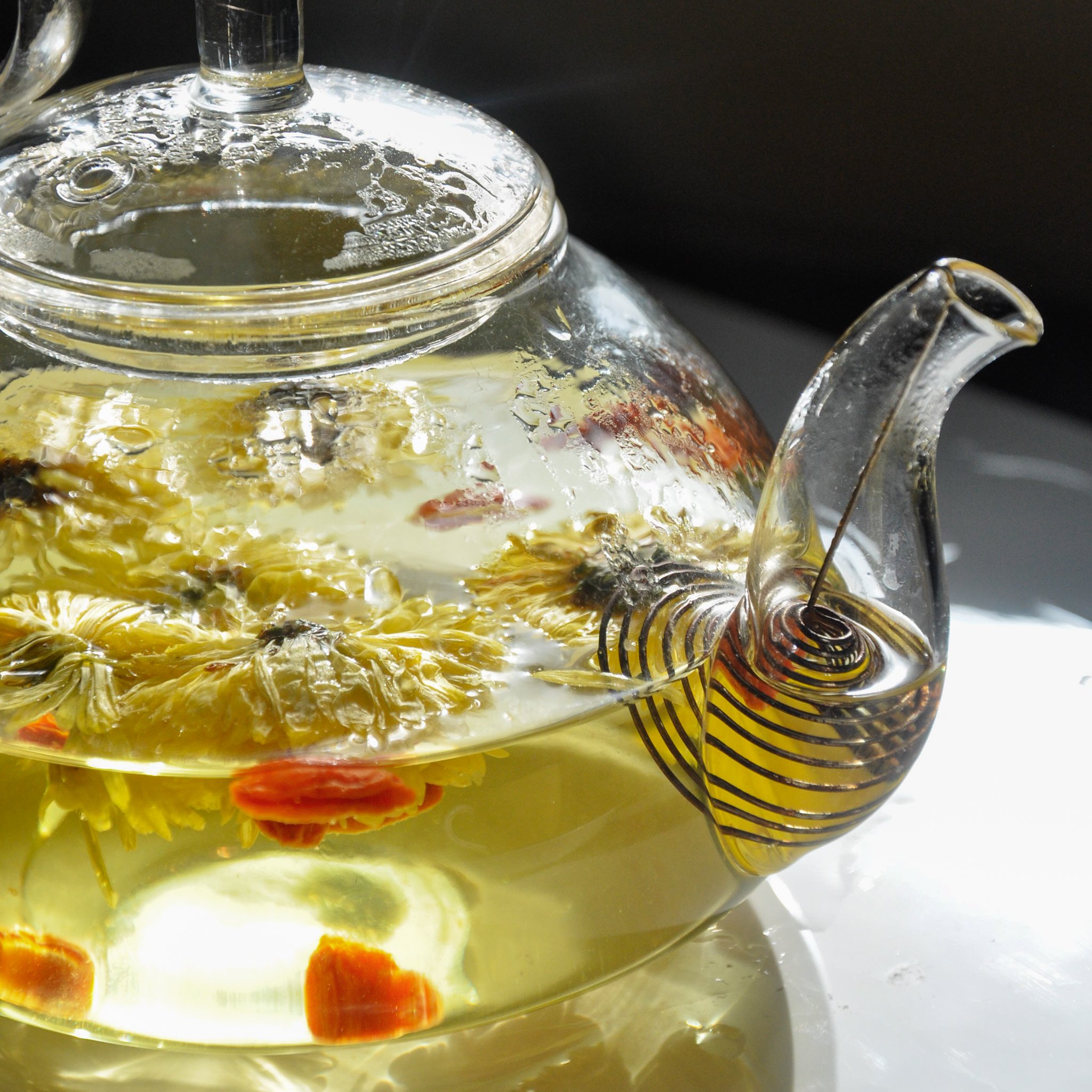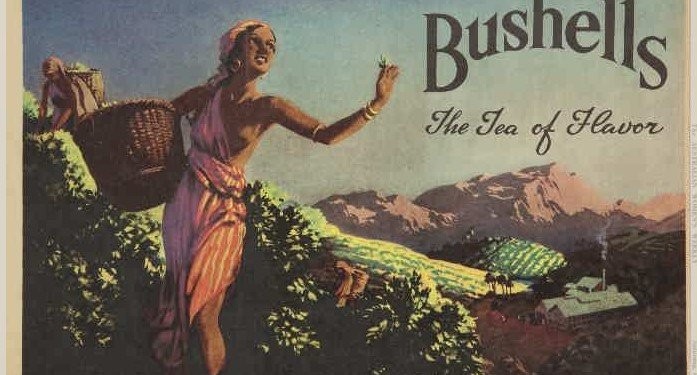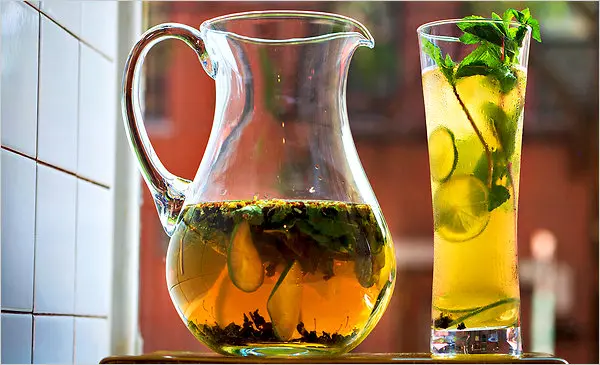Moroccan mint tea, a cultural emblem of hospitality and connection, is more than a drink—it’s an experience. The preparation is a ritual steeped in tradition and sensory delight, often shared during moments of camaraderie or business dealings. Here’s a guide to crafting authentic Moroccan mint tea, along with a look at the traditional pastries that often accompany it.
How to Prepare Moroccan Mint Tea
Ingredients
- 3 teaspoons of green tea
- 1.5 liters of water
- 1 generous handful of fresh mint (preferably spearmint)
- 4–5 tablespoons of sugar (or to taste)
Preparation Steps
- Boil the Water: Heat the water to a rolling boil.
- Rinse the Teapot: Pour a bit of the boiling water into your teapot to warm and cleanse it.
- Rinse the Tea: Add the green tea leaves to the teapot and pour a small glass of boiling water over them. Swirl and discard this water to remove bitterness.
- Add Ingredients: To the rinsed teapot, add the rinsed and drained fresh mint leaves, sugar, and the green tea leaves.
- Fill the Teapot: Pour the boiling water into the teapot, ensuring the mint is submerged to prevent darkening.
- Steep and Serve: Cover the teapot and let it steep for 5 minutes. Pour the tea from a height into small glasses to create a frothy top—a hallmark of Moroccan tea preparation.
Enhancements and Variations
While traditional Moroccan mint tea is made with green tea and mint, regional variations and additions include:
- Absinthe: Often used in winter for a more robust flavor.
- Saffron: Adds a golden hue and floral fragrance, popular in the Taliouine region.
- Gum Arabic: Used by desert communities to make the tea more frothy and syrupy.
- Pine Nuts: Adds a nutty texture and flavor to the tea.
The key is to always discard the initial scalded water to ensure a smoother taste and less bitterness.
Accompanying Moroccan Pastries
No tea ritual is complete without the delightful pastries that symbolize Moroccan and North African culinary artistry. Here are some favorites:
- Cigars with Almonds: Thin pastry sheets filled with almond paste, fried to perfection, and sweetened with honey.
- Makroudh: Semolina-based pastries filled with dates or almonds, soaked in orange blossom-infused syrup.
- Gazelle Horns: Crescent-shaped almond pastries scented with orange blossom water.
- Baklava: Layers of thin pastry filled with nuts, sweetened with syrup, and cut into diamond shapes—perfect for festive occasions.
- Zlabia: Deep-fried spirals of dough soaked in honey, offering a crispy yet syrupy indulgence.
Cultural Significance
Mint tea has been a cornerstone of Moroccan culture since its introduction during the mid-19th century by British merchants. It represents hospitality, community, and tradition. Whether served hot to aid digestion or cold for refreshment, Moroccan mint tea is a sensory journey that delights taste, sight, smell, and even sound as it’s poured gracefully into glasses.
With its captivating preparation and paired pastries, mint tea is not just a drink—it’s an invitation to experience the essence of Moroccan life.






